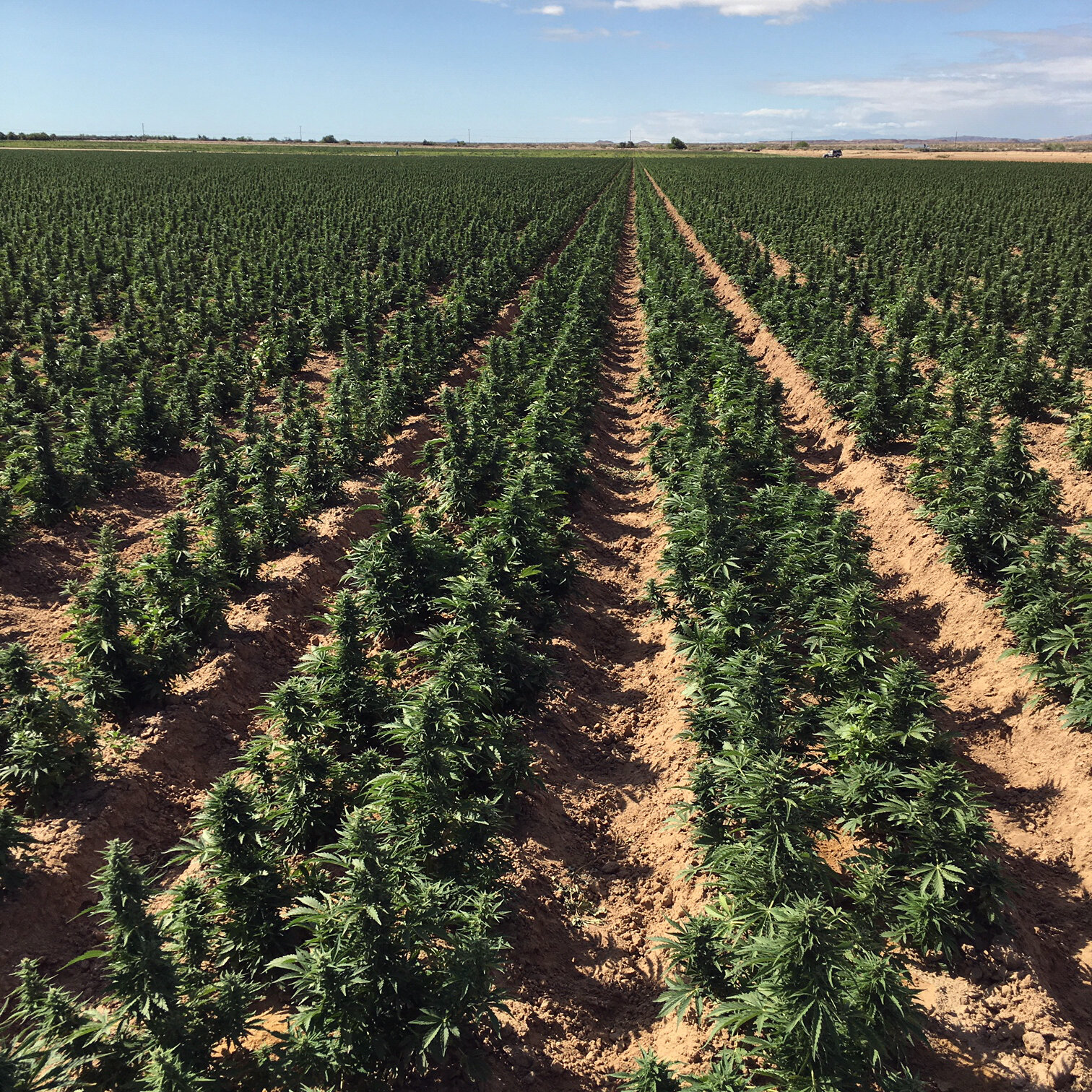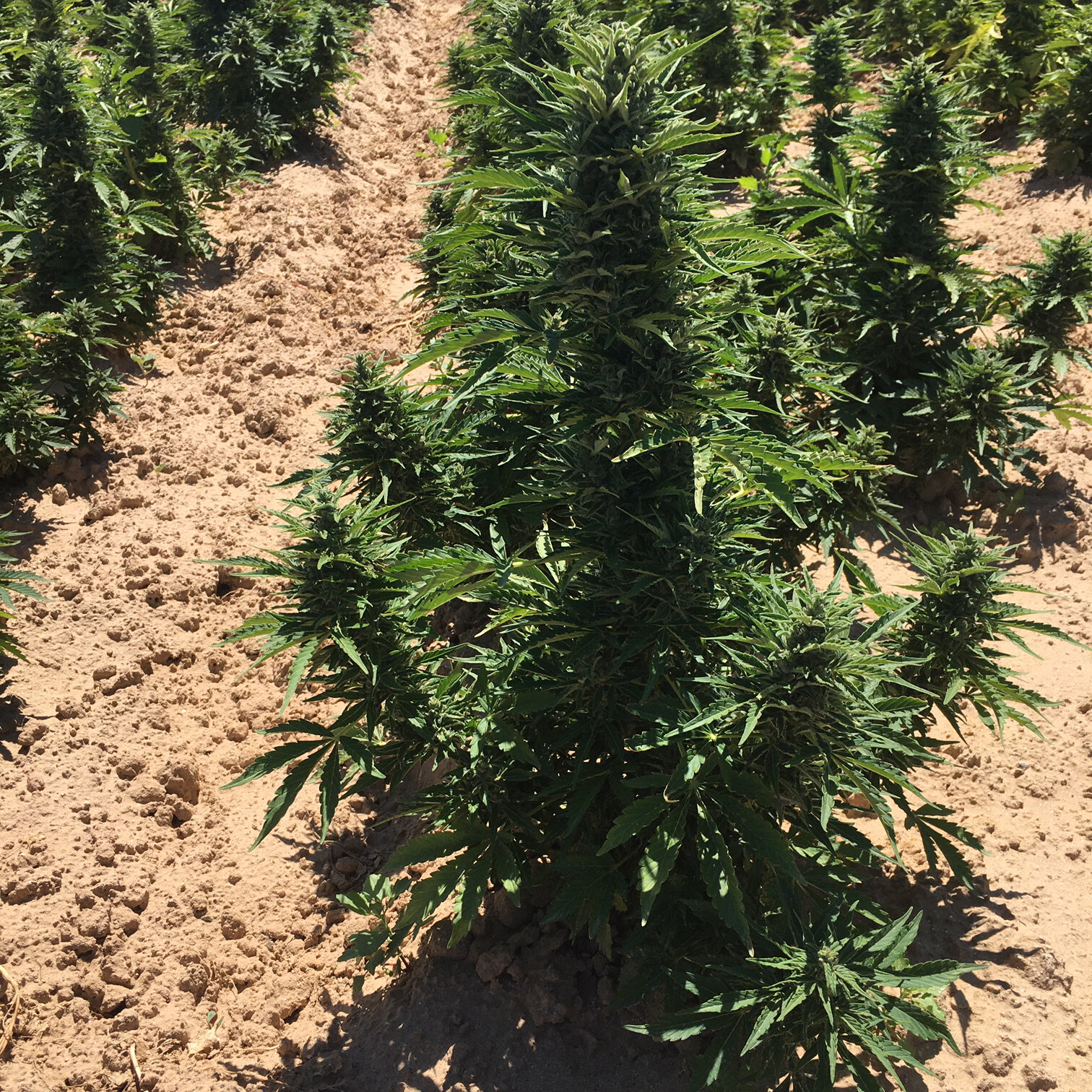

Top Ten Things you should know about growing Day Neutral (Autoflower) Hemp
They will flower regardless of daylength. Most traditional hemp varieties are photosensitive and require less than 11-14 hours of daylength (10-13 hours of uninterrupted darkness depending on the variety) to start flowering. With autoflowers, the flowering response is more environmental, with heat unit accumulation determining when the plant’s transition from vegetative growth to reproductive growth (usually around 30 days after germination).
But they perform better with warm season weather. The exact time to maturity is extended when growing in cooler climates and seasons. Day-neutral plants can flower too fast when planted in the hottest part of summer, and struggle with lower emergence rates when direct seeded when soil temperatures are very high. However, they excel when planted in spring and late summer in traditional climates.
They fit well into cropping cycles in off-season climates in warm weather regions. Whether you are growing in California’s Imperial Valley or Southern Florida, most regions where farmers grow annual crops through winter are appropriate for fall and winter autoflower plantings.
Propagation media is IMPORTANT. If planting hemp seedlings (transplants), autoflowers require the use of preformed media instead of loose-fill media trays during the plug stage. Preformed media includes peat polymer plugs like Quick Plug® or iHort®, Jiffy® pucks, Ellepots®, or the like. Stonewool is pre-formed media, but from our experience results in lower germination rates for hemp seedlings. If using Jiffy pucks, be sure to leach the media with good, clean water and inoculate with compost tea or another biological inoculant to prevent root pathogen issues.
Short nursery time of only 7 to 10 days. Yes, you read that correctly, from sowing to transplanting in the field, seedlings will be at the nursery for NO MORE than 10 days after sowing. Root growth will be minimal, with maybe the taproot is starting to poke out through the media. Seedlings will have no more than 2 sets of true leaves. This is why preformed plugs are key! With loose-fill plug trays, there will not be enough root growth to hold the soil together making it tricky to remove plugs from the propagation tray. If seedlings are left in plug trays for too long they become root-bound and permanently stunted and may even begin to flower if left in propagation trays for over 3 weeks.
They can be direct sown (air seeded). If direct sowing hemp seeds, ground prep is key. Soil that has large clods is not ideal for direct sowing, nor is overly dry or very wet soil. A higher planting density will be needed to account for stand loss from germination rate, seed vigor or pests. Birds love to eat freshly planted seed. Ants can be destructive to newly germinated seedlings. Root pathogens, like Pythium, Phytophthora, and bacterial or vascular wilts can also cause stand loss if these are common for your area. It is recommended to overhead irrigate after sowing to promote germination uniformity and switch to drip tape if desired after good stand growth is established.
Autoflowers require a high planting density. Depending on your location and the time of year you are planting autoflower planting density can range from 12,000-18,000 plants per acre. We have seen some farmers plant 20,000 or more plants per acre. Because autoflowers have a reduced vegetative time of about 4 weeks, their final plant size is much smaller than photoperiodic (full term) hemp. Final plant size is influenced by genetics and environment. Most autoflowers can grow to be 2’-3’ in diameter and 2’-3’ in height. During the summer months when days are long and nights are warm, you can expect larger plants because of the extra hours of light (increased time for photosynthesis) and warm temperatures. In shoulder season plantings, when days are shorter and nights cooler, expect smaller plants, and the need to increase the planting density compared to the warmer months.
They are hungry for nitrogen. Autoflowers (day neutral) hemp needs nitrogen early and often. During the early stages of growth ammoniacal nitrogen will help with leaf expansion and stem elongation. Later in growth, nitrate-nitrogen will help maintain metabolic processes, without causing too much luxurious growth that is attributed to ammoniacal nitrogen. If farming organically, there are many forms of amino-based nitrogen (protein hydrolysates, amino chelates) that are very effective at delivering nitrogen to the plant without causing excessive leaf growth or loose flower spikes, a symptom of excessive nitrogen fertilizer. Base nitrogen fertilization rates on soil, water, and leaf analysis, and speak with an agronomist that has hemp experience for exact forms, concentrations, and timing.
Autoflowers have a high flower to shoot ratio. The proportions of flower to shoot biomass is higher for day-neutral (autoflower) hemp than photosensitive hemp. Although day-neutral varieties generally have a lower total cannabinoid production ceiling than photosensitive varieties, day-neutral plants have a higher proportion of flowers to shoot (stems and leaves) compared to photosensitive plants, making day-neutrals a great choice for both biomass and smokeable flower.
Some varieties are better suited for different regions or hemp programs. This should come as no surprise that certain hemp varieties are better suited for different climates. From our experience and trials Auto Tsunami™, Auto Tune™, and Auto Bahn™ perform well under various climates, but in regions that are susceptible to fungal pathogen pressure or wet, humid climates these varieties perform best. For hot, dry climates, Auto Pivot™ is a strong performer. If your hemp program is biomass production the larger varieties like Auto Pivot, Auto Tune, and Auto Bahn will have the greatest flower yield. If growing for smokable flower, Auto Tsunami has the most pungent terpinolene-dominant aroma, but the flowers are best suited for pre-rolls. Auto Tune and Auto Bahn, while not as pungent as Auto Tsunami, trim up well for smokable flower.